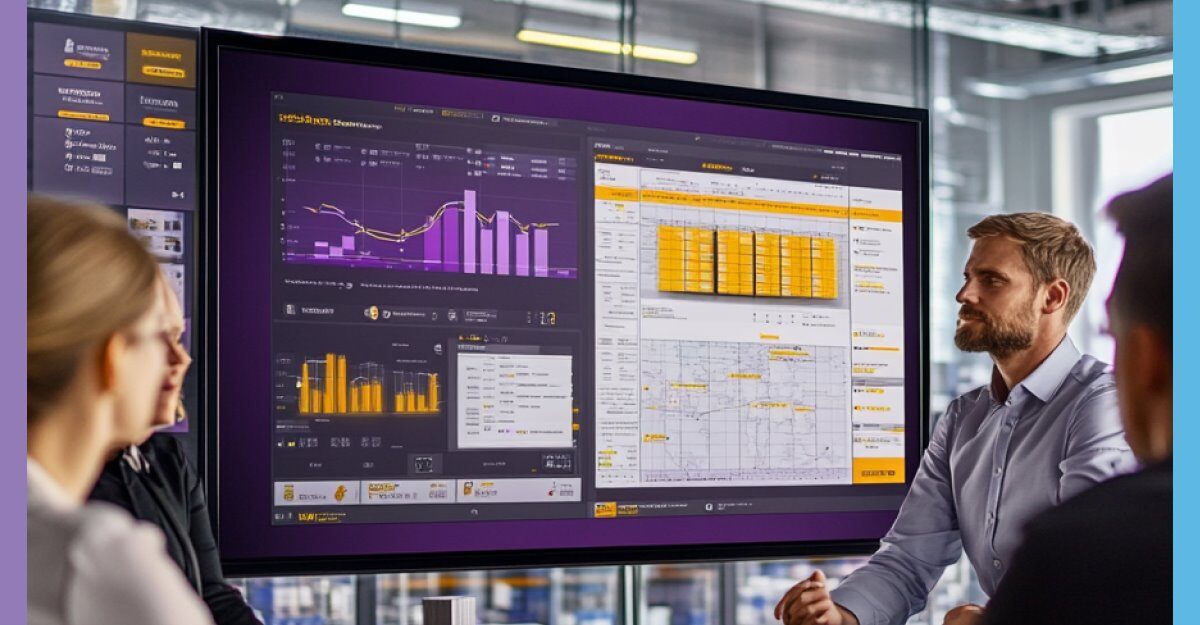E-Commerce Bottleneck 1: Missing Customer Data in the Store Frontend
Discover how brands and retailers can solve one of their most common e-commerce bottlenecks: incomplete or siloed customer data across various...

The digital-first economy demands a fundamental shift in how enterprises approach commerce. Customers today expect seamless shopping experiences across online, mobile and in-store channels. Meeting these expectations requires businesses to bridge the gap between legacy IT systems and modern commerce solutions.
Connected commerce — powered by composable commerce architectures, distributed order management (DOM) and seamless store integration — enables enterprises to unify their operations, providing consistent customer experiences while optimizing backend efficiency.
This guide explores how to achieve this transformation and highlights critical resources to guide your journey.
Composable commerce is the foundation of modern commerce, allowing businesses to design custom technology stacks tailored to their needs. Unlike traditional monolithic systems, it provides flexibility and agility through modular, best-of-breed solutions.
A Distributed Order Management (DOM) system is vital for enterprises managing orders across multiple channels, fulfillment centers and inventory locations. It ensures smooth operations and consistent customer experiences, regardless of order complexity.
With the growing complexity of global commerce, DOM enables enterprises to maintain operational efficiency while exceeding customer expectations. It acts as the backbone of connected commerce, bridging online and offline operations.
Seamless store integration is the final piece of the connected commerce puzzle. By integrating physical stores into the digital ecosystem, businesses can create truly unified experiences that blur the lines between online and offline channels.

While composable commerce and connected commerce offer many advantages, enterprises must consider potential challenges:

The implementation of connected commerce and distributed order management (DOM) solutions has led to measurable improvements in key performance indicators (KPIs) for many companies.
Below are examples of how these technologies have driven positive business outcomes:
Case Study: Global Fashion Retailer
After integrating a connected commerce platform with a DOM system:
Case Study: Large Electronics Retailer
By implementing a DOM solution:
Case Study: Multinational Consumer Goods Company
After integrating a real-time inventory management system as part of a connected commerce strategy:

Case Study: Regional Grocery Chain
Through seamless store integration and enhanced omnichannel capabilities:
Case Study: Direct-to-Consumer (DTC) Brand
With a composable commerce architecture enabling scalability:
Case Study: Sporting Goods Retailer
By replacing legacy systems with connected commerce and DOM:
Enterprises implementing connected commerce and DOM solutions should track the following KPIs to gauge their impact:
| Before Implementation | After Implementation | Improvement | |
| Online Sales Growth | €50M/year | €64M/year | +28% |
| Average Order Value | €85/order | €98/order | +15% |
| Fulfillment Speed | 5 days/order | 3.5 days/order | -30% |
| Inventory Accuracy | 85% | 98% | + 13 points |
| Cart Abandonment Rate | 40% | 31% | -22% |
| Customer Retention Rate | 70% | 78% | +12% |
| Net Promoter Score (NPS) | 50 | 65 | +15 points |
| Lost Sales Due to Stockouts | €2M/year | €1.5M/year | -25% |
| Operational Costs | €10M/year | €7.5M/year | -25% |
| Global Market Entry | 0 new countries | 5 new countries | +5 countries |
By tracking and analyzing these KPIs, businesses can continuously optimize their connected commerce strategy and ensure a positive ROI from their investments. These measurable improvements illustrate the transformative potential of adopting a unified, customer-focused approach to commerce operations.
Connected commerce, supported by composable commerce, distributed order management, and seamless store integration, offers the flexibility and scalability enterprises need to meet modern customer demands.
However, businesses must carefully navigate the complexities and challenges of implementation to maximize value. By using this guide, you can build a unified commerce platform that is both future-ready and customer-focused, ensuring your business remains competitive in the evolving digital landscape.
Actindo’s Commerce Operations Platform enables full process orchestration from online or offline orders to the ERP and all data systems. It features powerful capabilities including a class-leading distributed order management system.
This gives commerce ops leaders total control of all their marketplaces, channels, orders, and data, so that they can plan better, grow faster, sell more, and waste less, becoming leaders in unified commerce.
Our mission is to enable omnichannel brands and retailers like Nintendo of Europe, ALDI E-Commerce and more to deliver exceptional customer experiences. We do this by adding speed, flexibility and scalability to order management and all connected systems and channels.
>> Go to Platform Overview <<
Discover how brands and retailers can solve one of their most common e-commerce bottlenecks: incomplete or siloed customer data across various...
Learn everything you need to know about Composable Commerce, and how it can transform your e-commerce strategy in 2024. Read our blog for more...
Are you looking to upgrade your Shopify Plus platform? We explain how composable commerce and Distributed Order Management can help optimize it all.